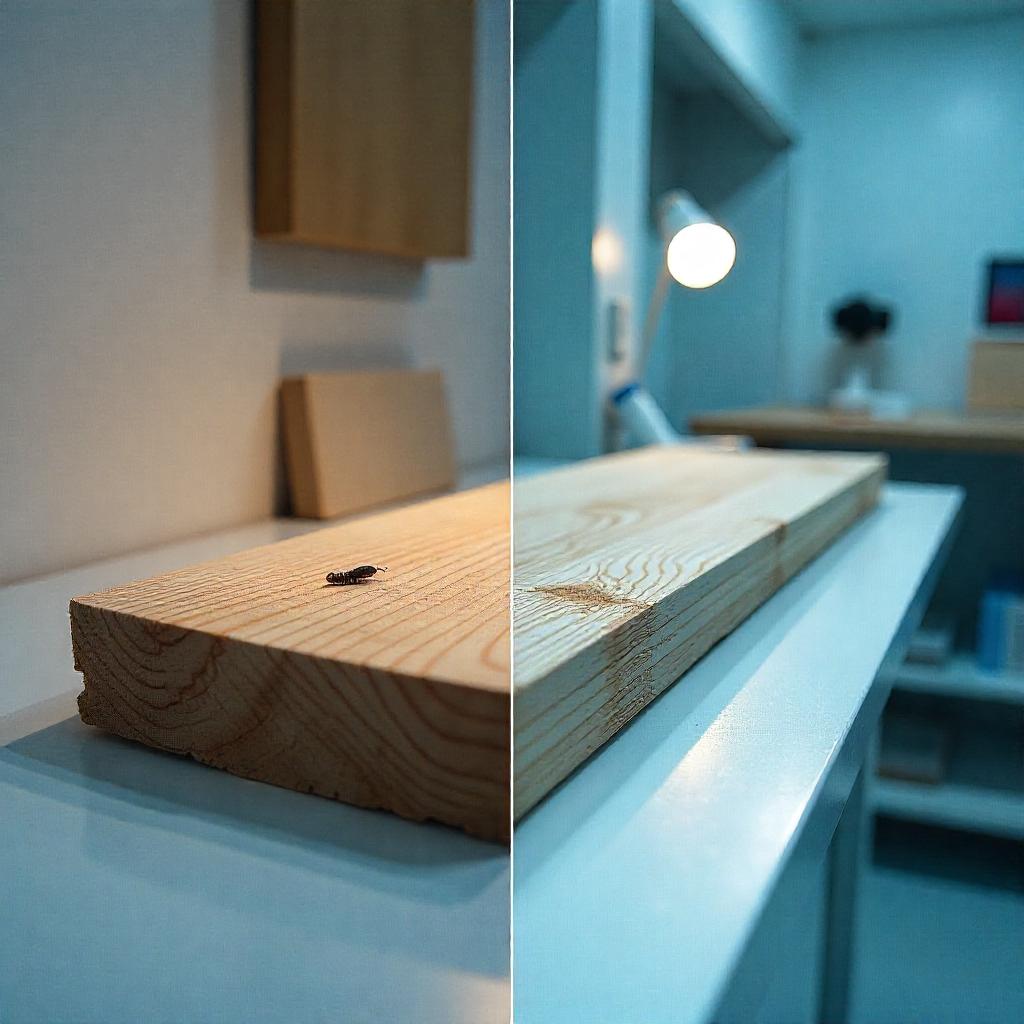Woodworms are a persistent threat to wooden structures, antique furniture, and hardwood flooring. These tiny larvae of wood-boring beetles can silently destroy timber from the inside out, often going unnoticed until severe damage is already done. Traditionally, chemical treatments and fumigation have been used to combat these pests. However, such methods carry risks to health and the environment. In recent years, a safer and highly effective solution has emerged: microwave technology. This non-invasive, chemical-free method is revolutionizing the way we treat woodworm infestations.
Understanding the Woodworm Problem
Woodworms are not actual worms but larvae of various species of beetles, such as the common furniture beetle . They lay eggs on or within wood, and the hatching larvae feed on the wood as they grow. The feeding creates small tunnels, weakening the structure of the timber. Over time, untreated infestations can cause major structural damage to homes, historic buildings, and valuable wooden artifacts.
The traditional approach to eradicating woodworms typically involves the use of pesticides or fumigation, which penetrates the wood to kill the larvae and eggs. However, these methods can be toxic to humans and pets, may damage delicate wood, and often require multiple treatments to ensure effectiveness.Visit Online shashel for More details.
Microwave Technology: A Modern, Non-Toxic Solution
Microwave woodworm treatment uses targeted microwave radiation to heat the infested wood internally, killing the insects at all life stages — eggs, larvae, pupae, and adults — without damaging the wood or releasing harmful chemicals into the environment.
Just as microwaves heat food by exciting water molecules, the same principle applies to wood treatment. Woodworms, like all living organisms, contain moisture. When exposed to microwave radiation, this moisture heats rapidly, destroying the pests from the inside. Importantly, the heating effect is localized and controlled, ensuring that the wood is not overheated or scorched.
How the Process Works
-
Assessment: The affected wood is first carefully inspected to determine the extent and depth of the infestation.
-
Microwave Application: Specialized microwave devices, often portable and handheld, are positioned over the infested areas. These tools are designed to emit microwave radiation at specific frequencies and power levels optimized for pest eradication without damaging the wood.
-
Monitoring: Temperature sensors are often used to ensure that the wood reaches the critical temperature — typically around 55-60°C (131-140°F) — for a sustained period. This is the threshold at which all wood-boring insect life stages are effectively eliminated.
-
Post-Treatment Verification: After the treatment, the wood may be re-inspected to confirm that the infestation has been eradicated.
Advantages of Microwave Woodworm Treatment
1. Chemical-Free and Eco-Friendly
One of the most important benefits of microwave treatment is that it uses no chemicals. This makes it ideal for use in homes, museums, churches, and other sensitive environments where chemical exposure is a concern.
2. Deep Penetration
Unlike surface sprays or powders, microwave energy penetrates deep into the wood, ensuring that even larvae hidden far below the surface are effectively targeted.
3. Fast and Efficient
Microwave treatments typically take just a few hours, depending on the size and severity of the infestation. There is no need for extensive preparation or vacating the premises for days, as is often required with fumigation.
4. Safe for Structures and Artifacts
When applied correctly, microwave radiation does not damage the wood. This makes it suitable for treating antique furniture, wooden beams, floors, and historical artifacts that need to be preserved.
5. One-Time Treatment
In many cases, a single treatment is enough to completely eradicate the infestation, reducing the need for repeat visits or ongoing chemical applications.
Applications and Use Cases
Microwave technology is being adopted by pest control professionals and conservationists alike. It’s particularly valuable in:
-
Historic buildings where chemical treatments could compromise centuries-old structures.
-
Museums and archives where precious wood objects must be treated without risk.
-
Residential homes where safety for children and pets is a priority.
-
Commercial properties where rapid, non-disruptive treatment is needed.
Conclusion
Microwave woodworm treatment represents a significant advancement in pest control technology. It offers a non-toxic, efficient, and environmentally responsible alternative to traditional chemical-based methods. By leveraging the natural sensitivity of insects to heat, microwave treatment eliminates infestations at their core without harming the wood or the people nearby. As more property owners and professionals seek greener solutions, microwave technology is quickly becoming the gold standard in woodworm control — proving that science can preserve both our health and our heritage.

